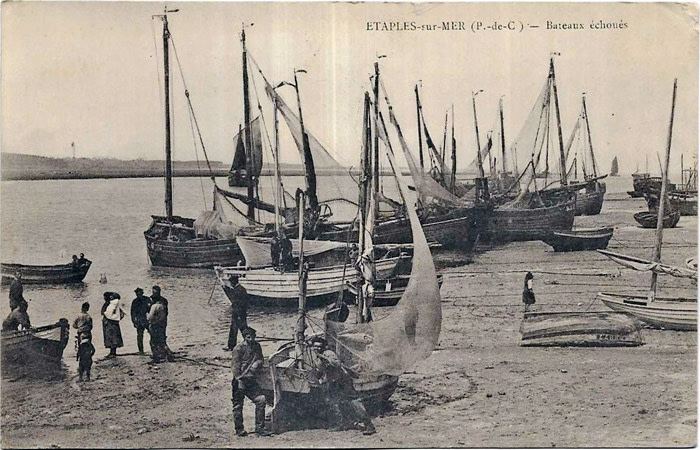-
Artworks
James Wilson MorriceSailing Vessels in Estuary, 1913 (circa)1865-1924Oil on wood panel4 7/8 x 6 1/8 in
12.3 x 15.5 cmSoldInscriptions
studio stamp, 'STUDIO J.W. MORRICE' (verso, middle)Provenance
Estate of James Wilson Morrice;
William Scott & Sons, executors of the Estate of J.W. Morrice, Montreal.
David R. Morrice, Montreal;
Bequeathed to a close friend, Westmount, Quebec, 1978;
Estate of the above.
One of Morrice’s most beautiful pochades... An extremely delicate depiction of fishing boats on a river, just before sunset. No anecdotal details, the only clue being the boats, their direction, and the opal sky: we read a fleet returning to its protected port after a day at sea, meaning that we are looking at an estuary. In spite of the small size and the minimal drawing underneath, this is a very well composed image: the horizon is at the bottom third, and the sailboats occupy the central third. The technique is truly breathtaking, the artist knowing precisely when to put his brush aside to take up his fine pencil, or scratching the surface down to the wood to “paint” a boat yellow; this is the mark of a mature artist.
Morrice painted in many places, but never away from the sea, or at least a river, and his Parisian apartment overlooked the Seine; boats, especially those with sails, were a leitmotiv. Can we identify the serene landscape depicted here? The silhouette at right is too schematic; the sailboat with its sail mounted diagonally on its mast could point to the Mediterranean, but the landscape here is too flat. After considering, then discarding all of Morrice’s known late destinations because the terrain did not match, I looked at the coast of northern France, the Côte d’Opale, which shares a very flat landscape with Belgium and Netherlands; there too the local folks, since the Middle Ages, have built grassy polders to reclaim land from the sea and the affluent rivers.
Morrice could have visited the coast of Picardy in February 1918, after his tour of the war front to research the war mural commission; no doubt a change of scenery would have been welcome, but it is hard to imagine such a trip in a war zone. Another occasion, not documented but very possible, is a short trip to the elegant, new bathing resort of Le Touquet-Paris-Plage, built on the left bank of the Canche river, where it meets the Channel. Almost facing it, but further away from the sea, is the very old fishing village of Étaples, home of a thriving art colony that mostly attracted Anglo-Saxon and Scandinavian artists; each year, the Société Artistique de Picardie presented a Salon in the Casino of Le Touquet. In August 1913, Morrice sent his Paysanne hollandaise (probably Dutch Girl, private collection), at the invitation of that year’s president of the Society, American painter Henry Ossawa Tanner; he lived in Paris and Étaples, and had probably met Morrice in Tangier the year before.
The siltation of the estuary and the building of the airport have diminished the width of the river, and almost killed the fishing industry since Morrice’s time, but numerous old postcards (fig. 1, 2, 3) show fishing boats very similar to the ones he painted, some with sails diagonally mounted on their mast; colourised postcards, scale models and paintings show that they were often brick-red. In the most recent Google view, taken from the bridge to Étaples, the grassy bank is also very close to what we see in the painting. And these old photos help us understand that the two very delicate transparent “sails” at left, rendered in pencil (or very thin paint), are in fact fishing nets drying in the sun, on boats stranded on the grass. For the time being, then, the estuary of the Canche on the Côte d’Opale (the colour of the sky here!) is the most possible location for this beautiful pochade.
Copyright © Lucie Dorais, 2022



















